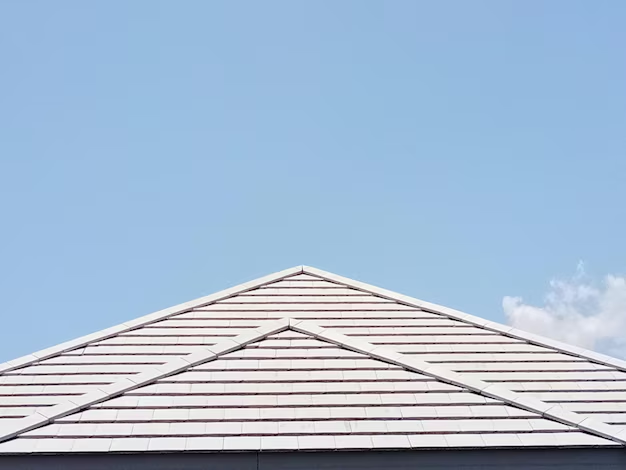Understanding Low-Slope Roofs: What You Need to Know
Roofs come in various shapes and sizes, yet not all are created equal, especially when it comes to slope ratios. If you're pondering which roof slope ratios classify as low-slope, understanding the subtle nuances of roofing terminology and specifications can save you a lot of headaches.
What Is a Low-Slope Roof?
A low-slope roof is generally defined by a slope ratio of 2:12 up to 4:12. This means for every 12 horizontal inches, the roof rises by 2 to 4 inches vertically. These roofs stand in contrast to steep-slope roofs, which exceed these ratios and are more common in residential applications.
Why Choose a Low-Slope Roof?
Low-slope roofs are popular in commercial buildings due to their simple construction and maintenance benefits. Here are a few reasons why they are often the go-to choice:
- Cost-Effective: Less material and labor are required for installation.
- Energy Efficiency: Often suitable for solar panel installations or green roof systems.
- Ease of Maintenance: Easier and safer to walk on for inspections.
Key Considerations
However, low-slope roofs also come with challenges:
- Water Drainage: Proper drainage systems are crucial to prevent water pooling.
- Material Selection: Choosing the right membrane and insulation is vital to ensure longevity and performance.
Understanding these factors ensures a robust roofing system that will stand the test of time, while also maintaining structural integrity and aesthetic value.
Transitioning to Financial Considerations
With roofing choices clarified, it’s essential to consider the financial aspects involved. Roofing can represent a significant investment, and understanding financial assistance options can be incredibly beneficial.
Here are a few pathways you can explore:
- Government Aid Programs: Look for federal or state programs offering tax credits or subsidies for energy-efficient roofing systems.
- Financial Assistance and Debt Relief Options: If financing the roof remains challenging, consider exploring debt relief or financing options tailored for home improvement projects.
- Credit Card Solutions: Use a low-interest credit card for smaller projects, but always assess long-term cost implications.
- Educational Grants and Workshops: Leverage educational resources for better roof maintenance, converting knowledge into savings over time.
These options are invaluable in alleviating the financial burden and making informed decisions that benefit your wallet and roof integrity.
Your Financial Resource Guide 📋
- 💡 Government Energy Efficiency Programs: Check eligibility for tax credits related to green roofing installations.
- 🏡 Home Loan Options: Inquiry about low-interest home improvement loans.
- 🌿 Environmental and Energy Grants: Some non-profits offer support for sustainable building practices.
- 📚 Educational Workshops: Free community classes often available on home maintenance and DIY repairs.
- 🛠 Credit Card Payment Plans: Interest-free plans might be available for larger purchases; however, closely assess terms to avoid unwanted debt.
Navigating the sophisticated world of roofing doesn’t have to be daunting. Armed with the right information about slope ratios and financial assistance, you can confidently choose a roofing solution that suits both your needs and budget.
